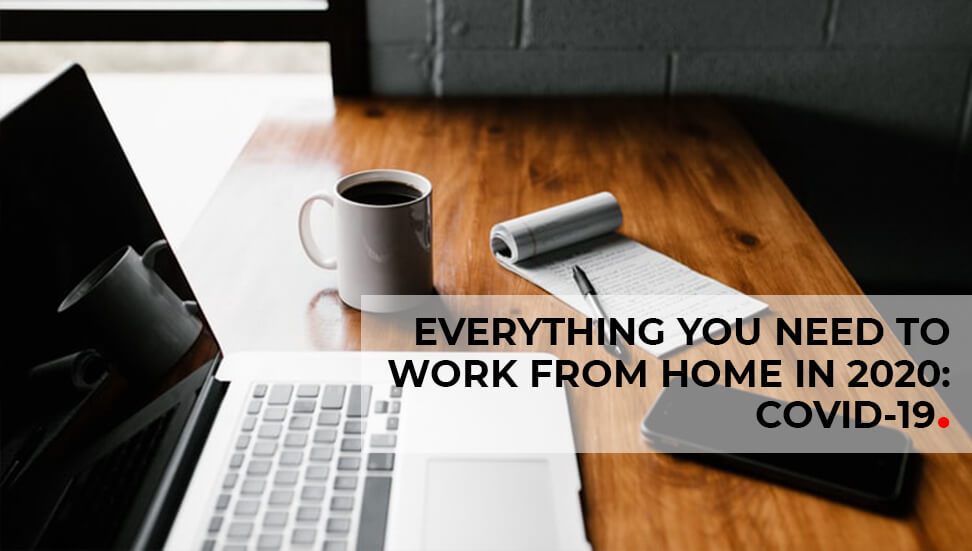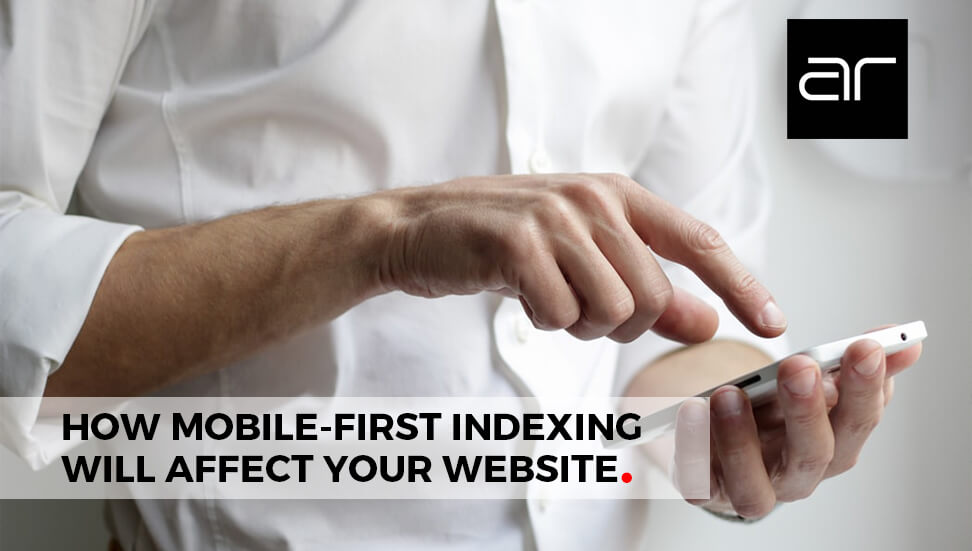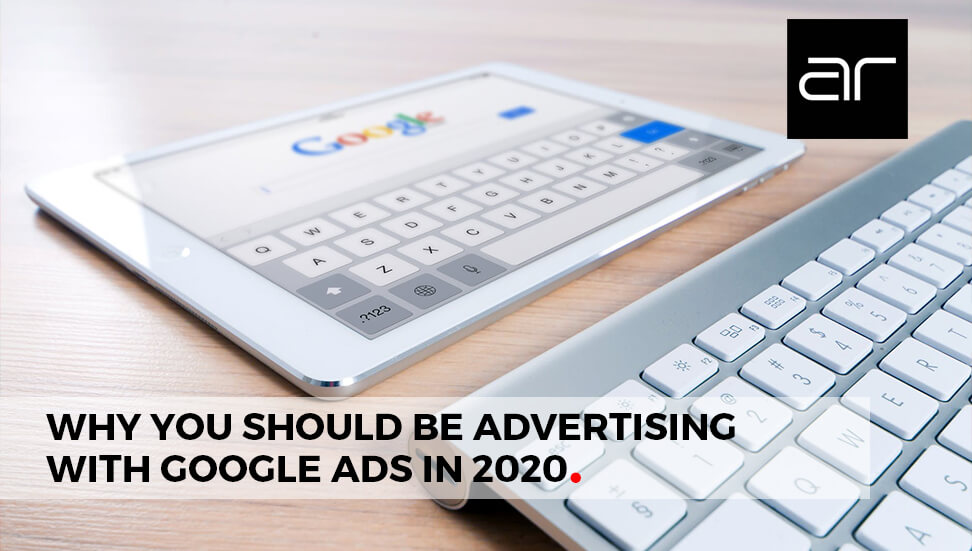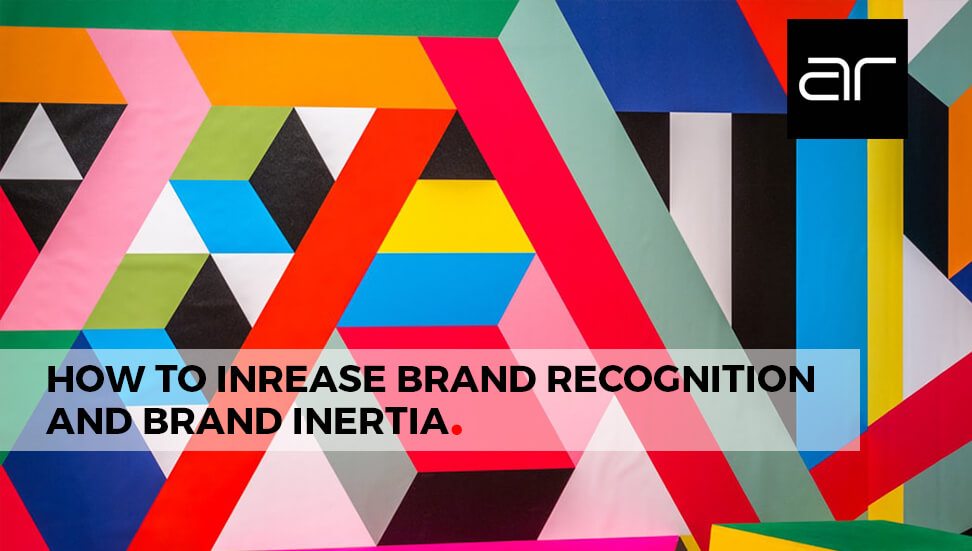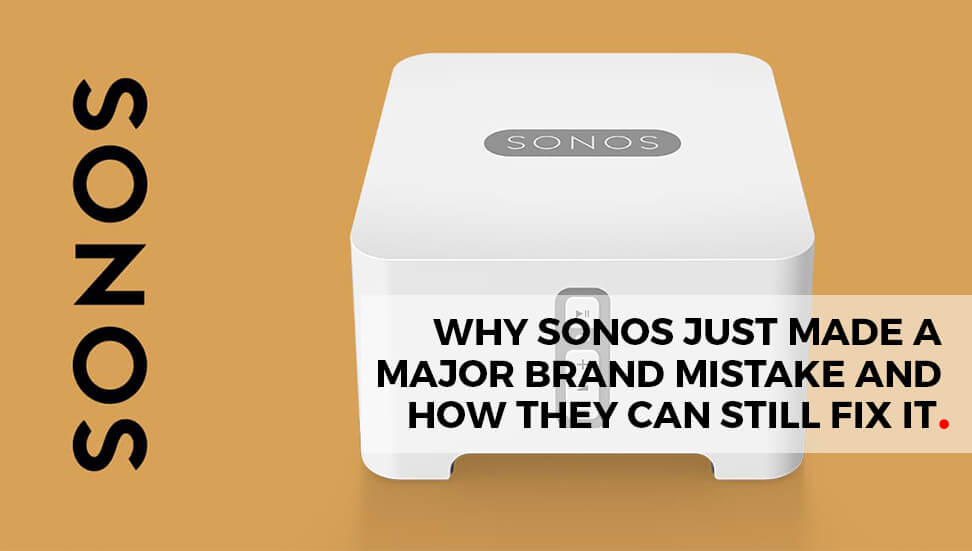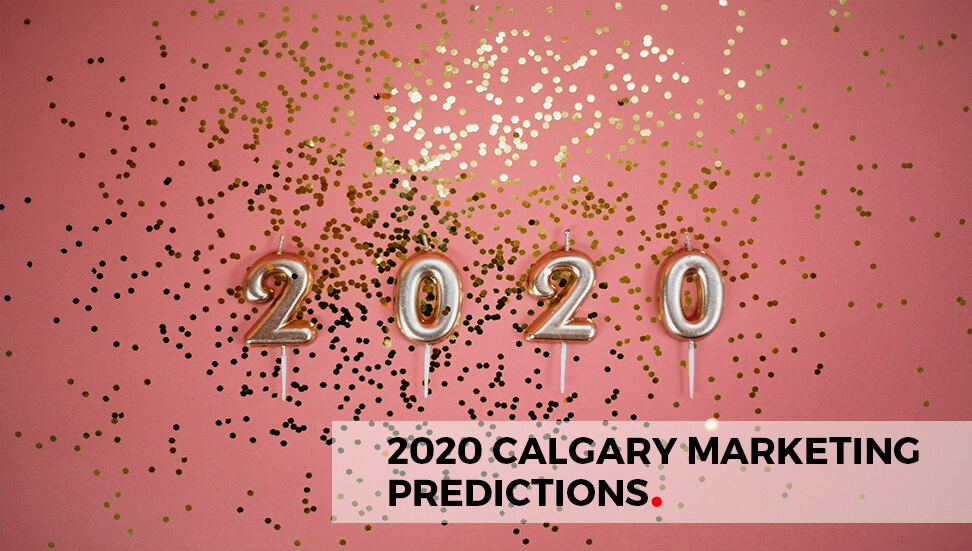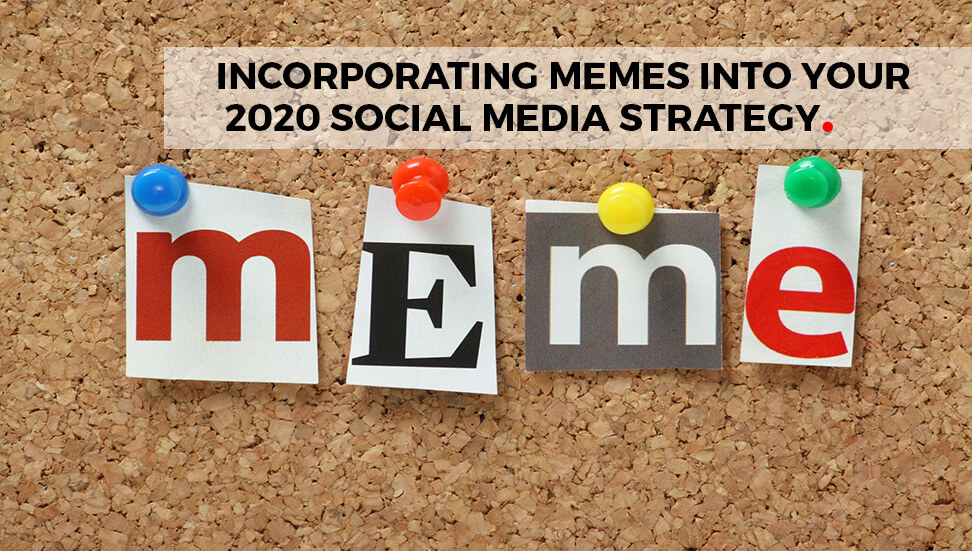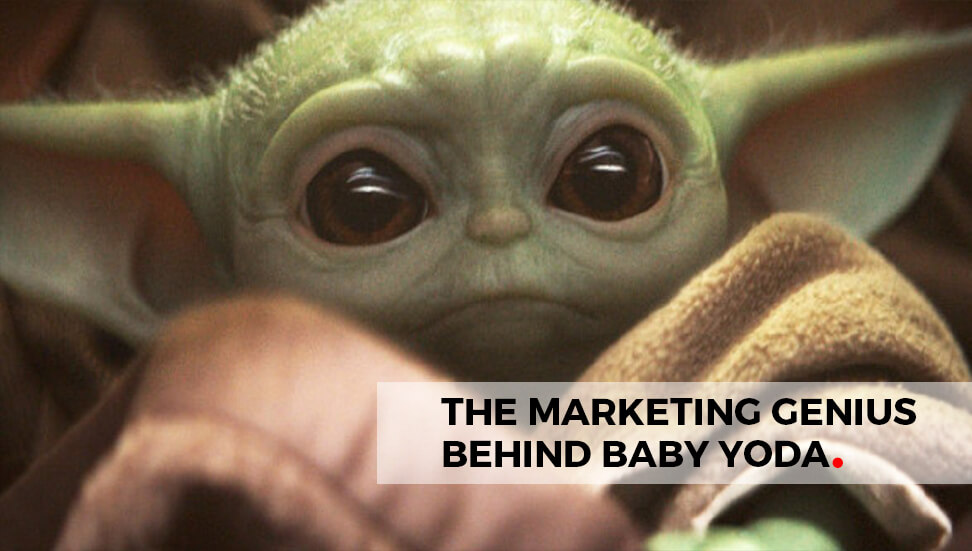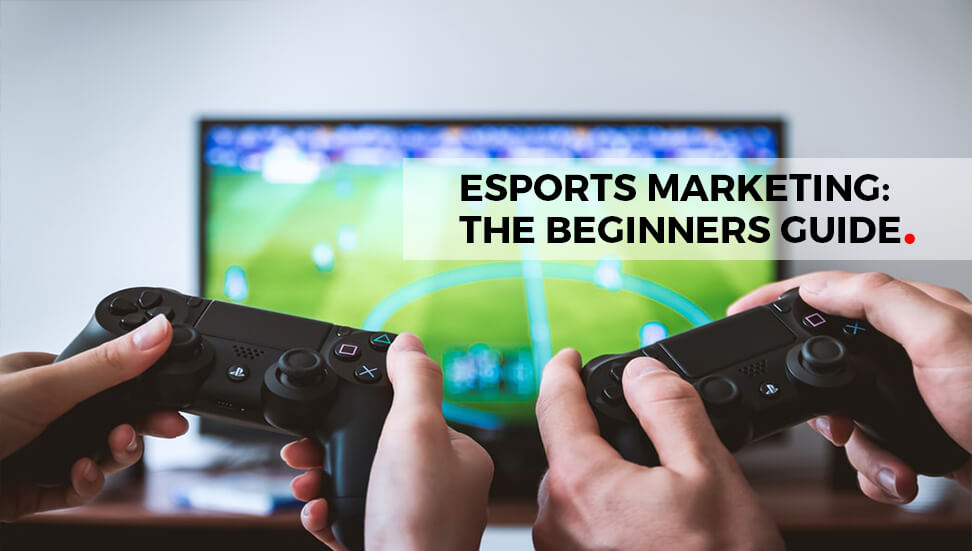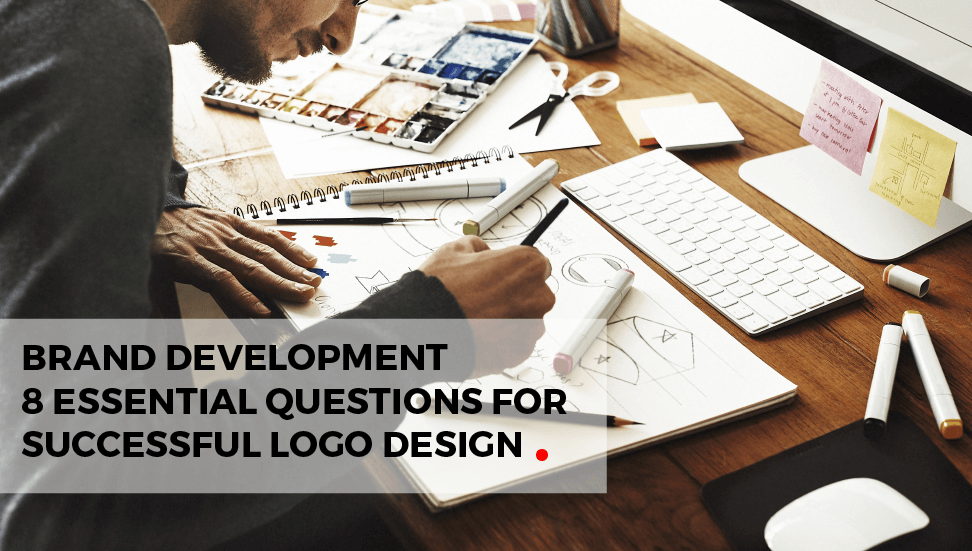Developing a new logo design for a client takes understanding, preciseness and time. A company’s logo is an essential part of its identity and designing one is an essential part of brand development. A company’s logo communicates ownership and it can tell potential customers what the company is and what they do.
The logo design is meant to draw attention to the product or the company you are designing for. This will also depend on the product being sold and who the target audience is. It is supposed to distinguish the product or company apart from their competition. To sum it up, a good logo is unique.
A logo should help build brand loyalty. When a very distinct logo is placed on a product a consumer likes, seeing the same logo on another product on another item will draw them to it. The mind of the consumer is trained to recognize and associate the logo with quality.
The logo design should also be such that you can put anywhere. It should look pleasing on products, social media and websites.
The following are 8 essential questions when designing a logo with the purpose of brand development. You need to keep them in mind when developing an idea for your client’s logo design.
-
How do you describe your company’s services and/or products?
What products or services are you bringing to the market? The logo for a pizza place will be different from that of a bank. Knowing the offering of the client will determine the elements of the logo. While a bull will go nicely on a sports team or a liquor making company’s logo, it might not be appropriate for a medical organization’s.
The direction you go with your design will highly be dependent on what products you are designing for.
-
What do you want your new logo to accomplish?
What is the purpose of this new logo? There has to be a purpose for the logo and the message you want it to communicate. Since your client’s logo will depict their identity and will be one of the main things customers will use to identify them, it is important that they are intentional about the message they want it to send.
A logo can show passion or professionality. It can show simplicity or nostalgia. A logo will say something about the owner, be sure the message is what you intend.
-
Who are your main competitors?
It is essential to know the competitors of your client during the process of brand development. The logo should separate and distinguish your client’s products or company from their competitors. You do not want to make the mistake of designing a logo that looks similar to a competitor’s. This differentiation could include colours, fonts, design elements and even shapes. After all, your client will want to stand out as much as possible from their competitors. The logo you design should never give a chance for a consumer to mistake your client’s product for a competitor’s. You want it to create an image of your client all their own. Don’t skimp on research in this step, also, make sure you’re avoiding any future copyright issues.
-
What’s the main age range of your target customer base?
Every company has an age demographic they are trying to reach, having a clear understanding of it will heavily influence the logo design. A teenager might understand and respond to the logo you designed while it makes no meaning to a person in his or her seventies.
Your logo can make use of references or anecdotes that only people in a particular generation will understand. Know who your client is targeting and create something that will make sense to them. For example, an older client may prefer a logo that conveys trust, whereas a younger client may lean towards a bright, colourful design.
-
Do you have any fonts the designer should consider?
Fonts are important to a design. They tell a story of their own. Aside from colours, fonts are another important element of the logo that also convey and inspire emotion. There is a difference between the emotions a serif font or a sans-serif font will inspire. If your client wants their customers to perceive them as reliable and traditional, you should consider a serif font. If they want their clients to see them as modern and fun, you should consider a sans-serif font. Fonts selected need to match the business’s service or product and their values.
-
Do you have a slogan, tagline, or motto?
If they do, will you be incorporating it into the logo? Several big companies like McDonald’s (I’m lovin’ it), Apple (think different), Nike (just do it), have taglines and slogans that are associated with their brands. If your clients have one of these, will it be part of their logo? If it will be, you will need to discuss font type size and colour. Is the slogan a prominent part of the logo or just a side addition? Knowing these will determine how you will develop the logo.
-
Which brands inspire you?
Knowing what brands inspire your client will give you a good example of what they would like. Knowing brands they dislike also will inform you of what to avoid. You should not copy anybody’s design but it can inspire your own design. It also gives you an idea of the dos and don’ts of your client.
-
What’s a reasonable timeframe?
Brand development and designing a logo takes time if it is done properly. You have to research, understand the business’ needs and a message they desire to push. You also have to understand their clients and what they respond to. Colours and font types is another research that has to be done. Because of this, it is important that you require enough time from your client.
Projects not delivered to schedule is one of the challenges clients and designers have. So make sure this is discussed and concluded on before the project begins.
Also, remember to discuss how many concepts or mock-ups the client would like to see before finalizing the logo. Also, don’t forget to set a revision limit.

